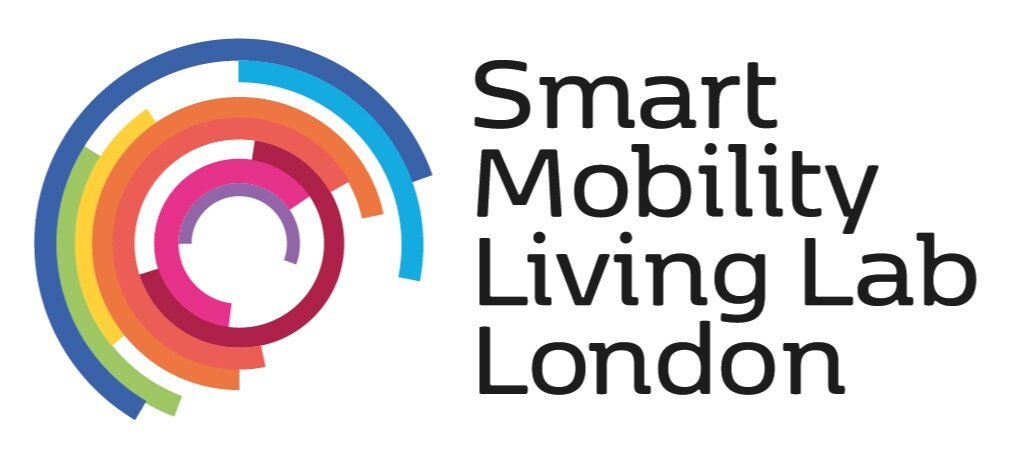How women built the bridge that transformed London
Every week we’re bringing you stories from history about people who have helped change the way we get from A to B.
Check out last week’s post on road sign pioneers Jock Kinnier and Margaret Calver if you haven’t already.
This week we’re exploring something you’ll definitely have heard of: Waterloo Bridge.
But you may not know that this Grade II-listed, 370-metre-long bridge is sometimes nicknamed ‘the Ladies Bridge’ because the workforce that built it was mostly female.
And the reason you might not know that is actually rather sad. Until recently, no official historical record of these women’s contribution existed. It was like they had been washed away from history.
In fact, the only real acknowledgement of their efforts came from the Thames riverboat pilots telling passengers tales of the ladies that built the bridge.
But while those pilots kept the story alive since the 1950s, it became something of an urban legend, with many people regarding the ladies’ involvement as more myth than fact.
Until now...
Back in 2005, film-makers Karen Livesey and Jo Wiser decided to get to the bottom of this story once and for all. They were determined to find out who these women were and give them the recognition they deserve.
And in 2015 the search paid off, with Historic England officially acknowledging the women’s contribution to building the bridge. Check out their 30-minute documentary to hear the whole story.
Today the Ladies Bridge is a vital piece of infrastructure connecting the two halves of London across the Thames. It is a crucial route for buses and delivery drivers and helps thousands of daily commuters get to work, whether on foot or a bike.
Given how much the world has changed since the bridge officially opened in 1945, I have no doubt that the way we use it today is not the same as it was back then. And in another few decades our infrastructure needs will have fundamentally changed again.
That’s why projects like SMLL are so important. Some of our most important infrastructure was built in a time when technology like driverless cars and the internet of things was confined to science fiction stories.
But today these technologies and many more have become a reality, and we need to update our infrastructure to make sure it’s ready to handle the next generation of transport.
Who knows what the bridges of the future will look like? Perhaps they’ll be connected to the people and vehicles using them. Perhaps they’ll be able to give power to electric vehicles. Perhaps they could even change shape automatically depending on current needs.
Finding out is the exciting part, and that’s exactly what we’re aiming to do with SMLL.
And there are plenty of brilliant women helping us get there.
Get in touch today if you’d like to help us shape the future of mobility.
